
ALBANY, Ga. — Belinda McLoyd has been thinking about peanut butter.
McLoyd, 64, receives a small monthly payment through the federal Supplemental Nutrition Assistance Program, previously known as food stamps.
“They don’t give you that much to work with,” she said. To fit her tight budget, she eats ramen noodles — high on sodium and low on nutrition — multiple times a week.
If she had more money, said McLoyd, who has been diagnosed with multiple sclerosis and heart problems, she’d buy more grapes, melons, chuck roast, ground turkey, cabbage, and turnip greens. That’s what she did when lawmakers nearly doubled her SNAP benefit during the pandemic.
But now that a GOP-led Congress has approved $186 billion in cuts to the food assistance program through 2034, McLoyd, who worked in retail until she retired in 2016, isn’t sure how she will be able to eat any healthy food if her benefits get reduced again.
McLoyd said her only hope for healthy eating might be to resort to peanut butter, which she heard “has everything” in it.
“I get whatever I can get,” said McLoyd, who uses a walker to get around her senior community in southwestern Georgia. “I try to eat healthy, but some things I can’t, because I don’t have enough money to take care of that.”
The second Trump administration has said that healthy eating is a priority. It released a “Make America Healthy Again” report citing poor diet as a cause of childhood illnesses and chronic diseases. And it’s allowing states — including Arkansas, Idaho, and Utah — to limit purchases of unhealthy food with federal SNAP benefits for the first time in the history of the century-old anti-hunger program.
President Donald Trump also signed a tax and spending law on July 4 that will shift costs to states and make it harder for people to qualify for SNAP by expanding existing work requirements. The bill cuts about 20% of SNAP’s budget, the deepest cut the program has faced. About 40 million people now receive SNAP payments, but 3 million of them will lose their nutrition assistance completely, and millions more will see their benefits reduced, according to an analysis of an earlier version of the bill by the nonpartisan Congressional Budget Office.
Researchers say SNAP cuts run counter to efforts to help people prevent chronic illness through healthy food.
“People are going to have to rely on cheaper food, which we know is more likely to be processed, less healthy,” said Kate Bauer, an associate professor of nutritional sciences at the University of Michigan School of Public Health.
“It’s, ‘Oh, we care about health — but for the rich people,’” she said.
About 47 million people lived in households with limited or uncertain access to food in 2023, according to the U.S. Department of Agriculture. The agency’s research shows that people living in food-insecure households are more likely to develop hypertension, arthritis, diabetes, asthma, and chronic obstructive pulmonary disease.
The Trump administration counters that the funding cuts would not harm people who receive benefits.
“This is total fearmongering,” said White House spokesperson Anna Kelly in an email. “The bill will ultimately strengthen SNAP for those who need it by implementing cost-sharing measures with states and commonsense work requirements.”
McLoyd and other residents in Georgia’s Dougherty County, where Albany is located, already face steep barriers to accessing healthy food, from tight budgets and high rates of poverty to a lack of grocery stores and transportation, said Tiffany Terrell, who founded A Better Way Grocers in 2017 to bring fresh food to people who can’t travel to a grocery store.
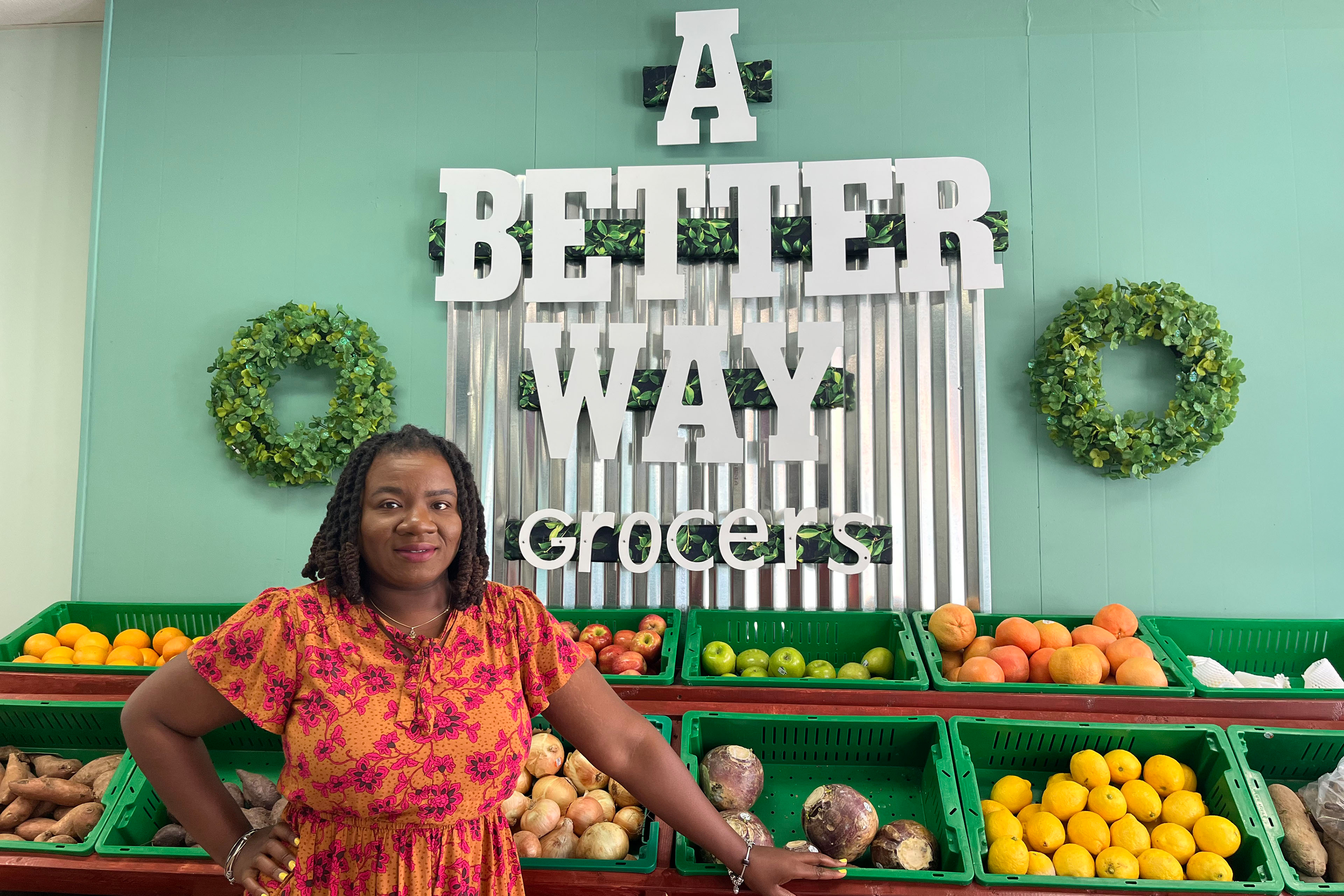
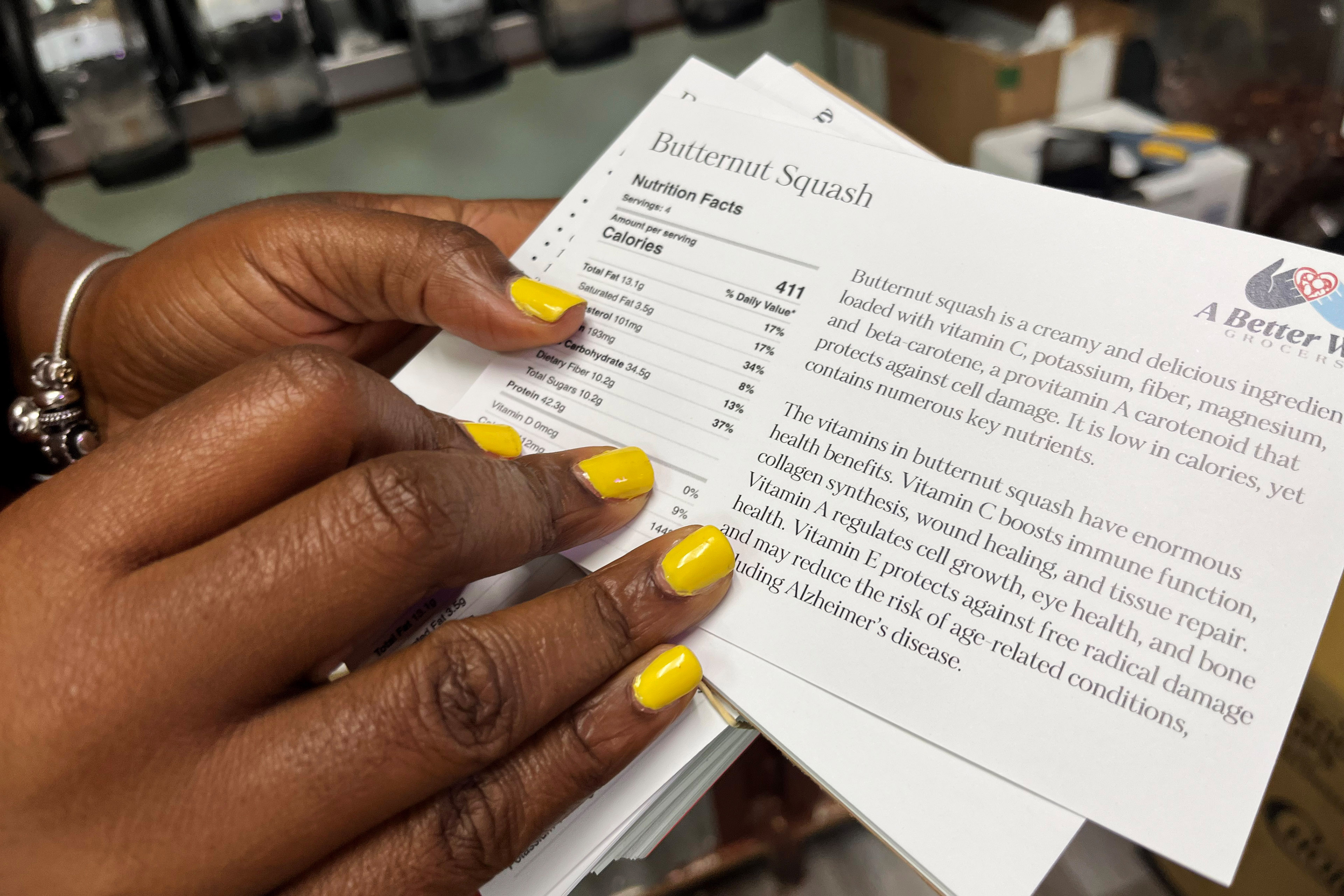
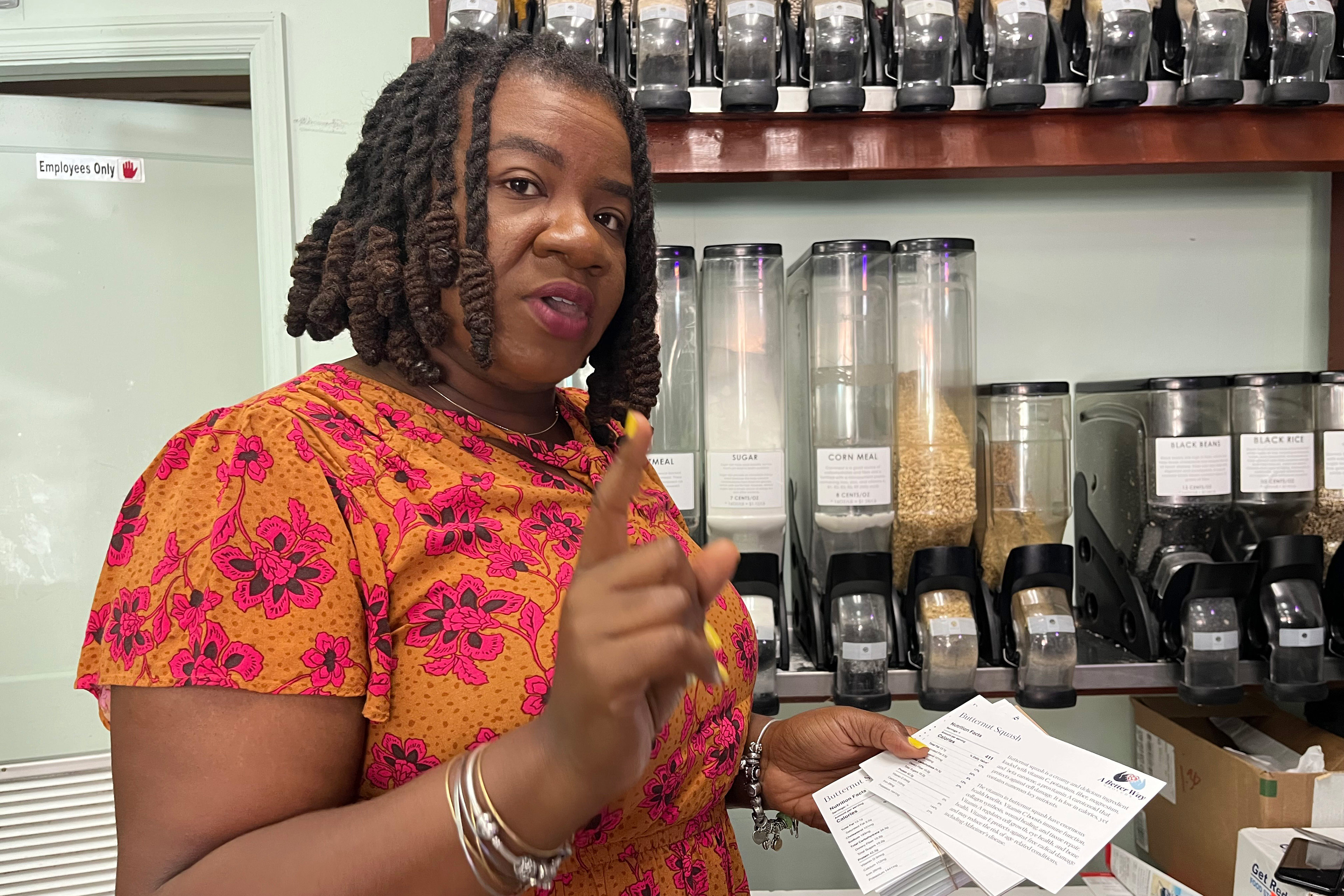
More than a third of residents receive SNAP benefits in the rural, majority-Black county that W.E.B. Du Bois described as “the heart of the Black Belt” and a place “of curiously mingled hope and pain,” where people struggled to get ahead in a land of former cotton plantations, in his 1903 book, “The Souls of Black Folk.”
Terrell said that a healthier diet could mitigate many of the illnesses she sees in her community. In 2017, she replaced school bus seats with shelves stocked with fruits, vegetables, meats, and eggs and drove her mobile grocery store around to senior communities, public housing developments, and rural areas.
But cuts to food assistance will devastate the region, setting back efforts to help residents boost their diet with fruits, vegetables, and other nutritious food and tackle chronic disease, she said.

Terrell saw how SNAP recipients like McLoyd ate healthier when food assistance rose during the pandemic. They got eggs, instead of ramen noodles, and fresh meat and produce, instead of canned sausages.
Starting in 2020, SNAP recipients received extra pandemic assistance, which corresponded to a 9% decrease in people saying there was sometimes or often not enough food to eat, according to the Institute for Policy Research at Northwestern University. Once those payments ended in 2023, more families had trouble purchasing enough food, according to a study published in Health Affairs in October. Non-Hispanic Black families, in particular, saw an increase in anxiety, the study found.
“We know that even short periods of food insecurity for kids can really significantly harm their long-term health and cognitive development,” said Katie Bergh, a senior policy analyst on the food assistance team at the Center on Budget Policy and Priorities. Cuts to SNAP “will put a healthy diet even farther out of reach for these families.”
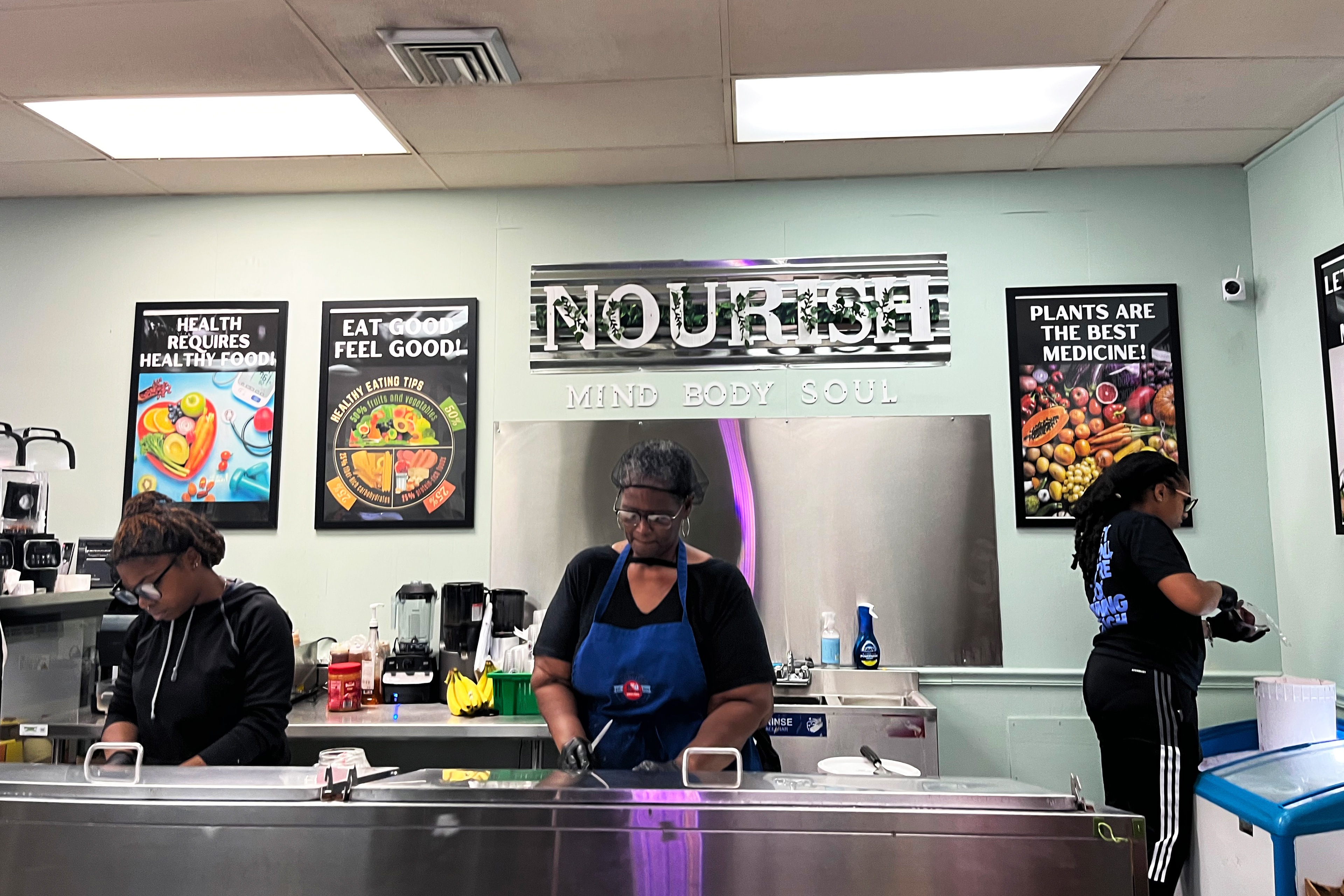
The Trump administration said it’s boosting healthy eating for low-income Americans through restrictions on what they can buy with SNAP benefits. It has begun approving state requests to limit the purchase of soda and candy with SNAP benefits.
“Thank you to the governors of Indiana, Arkansas, Idaho, Utah, Iowa, and Nebraska for their bold leadership and unwavering commitment to Make America Healthy Again,” said Health and Human Services Secretary Robert F. Kennedy Jr. in a press release about the requests. “I call on every governor in the nation to submit a SNAP waiver to eliminate sugary drinks — taxpayer dollars should never bankroll products that fuel the chronic disease epidemic.”
Although states have asked for such restrictions in the past, previous administrations, including the first Trump administration, never approved them.
Research shows that programs encouraging people to buy healthy food are more effective than regulating what they can buy. Such limits increase stigma on families that receive benefits, are burdensome to retailers, and often difficult to implement, researchers say.
“People make incredibly tough choices to survive,” said Gina Plata-Nino, the deputy director of SNAP at the Food Research & Action Center, a nonprofit advocacy group, and a former senior policy adviser in the Biden administration.
“It’s not about soda and candy,” she said. “It’s about access.”
Terrell said she is unsure how people will survive if their food benefits are further trimmed.
“What are we thinking people are going to do?” said Terrell of A Better Way Grocers, who also opened a bustling community market last year that sells fresh juices, smoothies, and wellness shots in downtown Albany. “We’ll have people choosing between food and bills.”
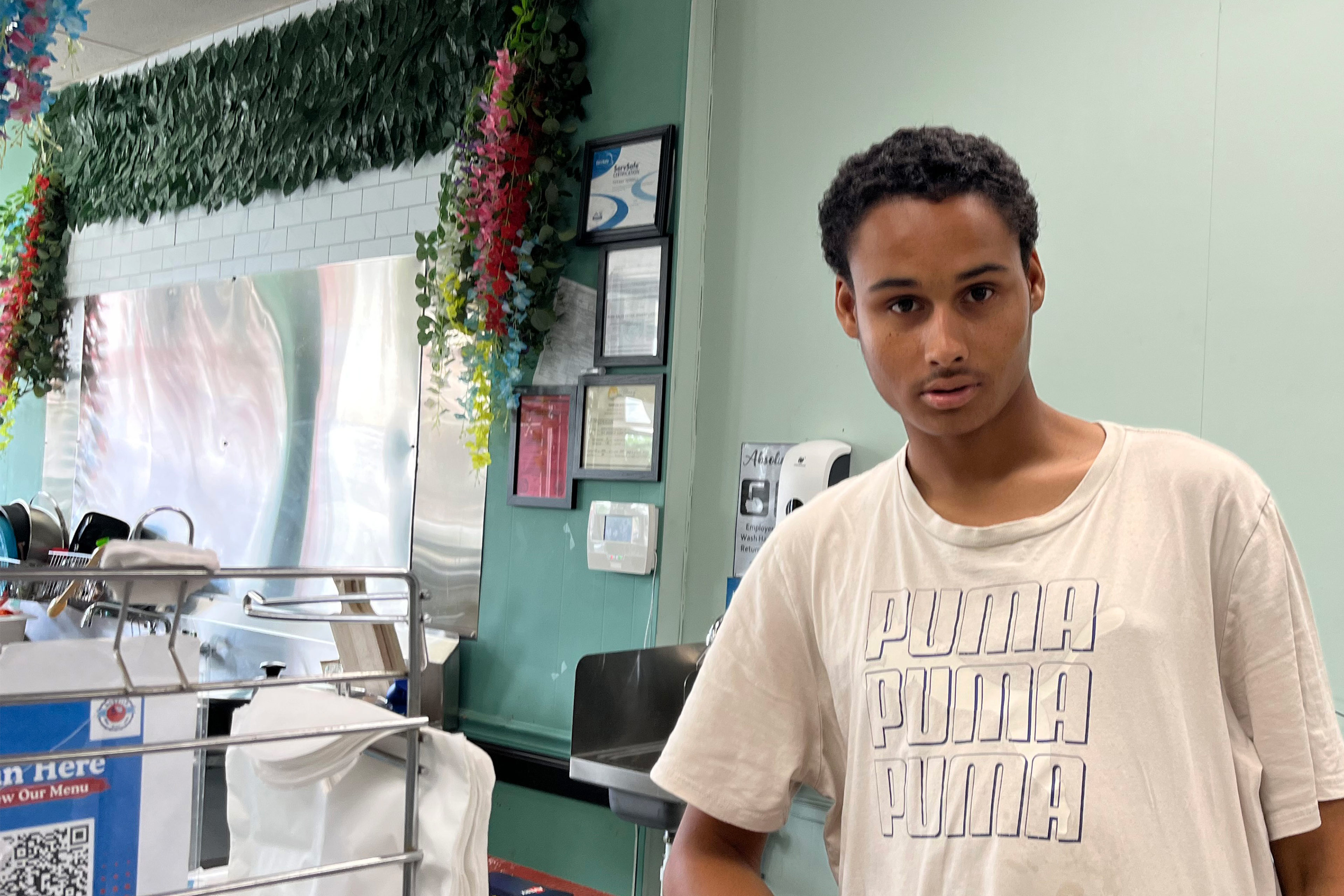
That’s true for Stephen Harrison, 22, whose monthly SNAP benefit supports him, along with his parents and younger brother. During the pandemic, he used the extra assistance to buy strawberries and grapes, but now he comes into A Better Way Grocers to buy an orange when he can.
Harrison, who is studying culinary arts at Albany Technical College, said his family budgets carefully to afford meals like pork chops with cornbread and collard greens, but he said that, if his benefits are cut, the family will have to resort to cheaper foods.
“I’d buy hot dogs,” he said with a shrug.






